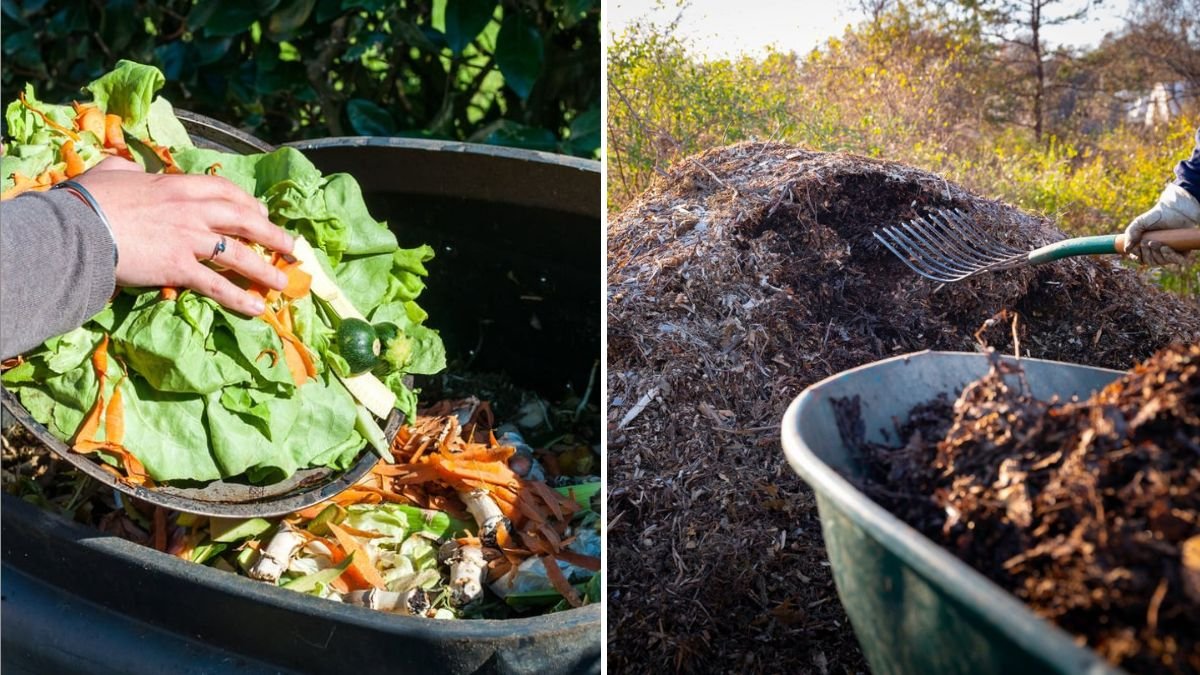Composting is one of the best things you can do for your garden. It recycles kitchen scraps and yard waste into dark, crumbly compost that enriches soil with essential nutrients and beneficial microbes. Done correctly, composting produces a nutrient-dense amendment that plants thrive on. But done poorly, it can strip away nutrients, encourage pests, and leave you with a slimy mess instead of healthy “black gold.”
If your compost pile isn’t breaking down well—or worse, if it smells, dries out, or loses its nutrient value—chances are you’re making some common mistakes. Here are seven composting mistakes that kill nutrients fast and how to avoid them.
1. Letting the Pile Dry Out
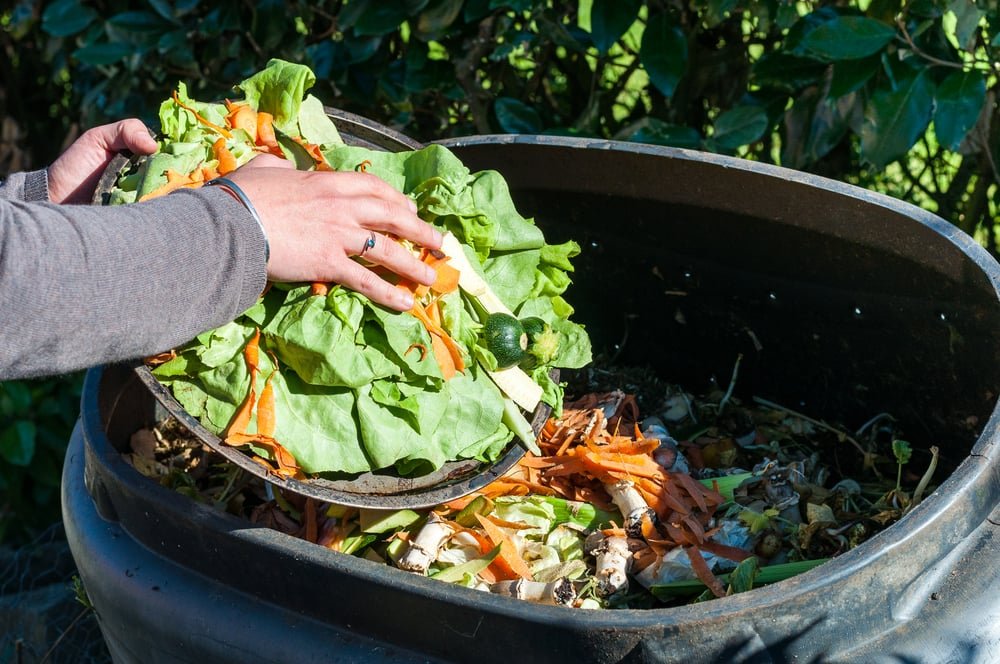
Moisture is critical for microbial activity. If your compost pile is too dry, decomposition slows to a crawl, and many microbes die off. Without microbial activity, the breakdown process stops, and nutrients aren’t released into the finished compost.
Fix it:
- Keep compost as damp as a wrung-out sponge.
- Water the pile during dry spells or when adding lots of dry materials like leaves or straw.
- Use a tarp to prevent excessive drying from wind or sun.
2. Overwatering the Pile
On the flip side, too much water drowns microbes and pushes out the oxygen they need. Anaerobic conditions take over, causing foul odors and nutrient loss through leaching. A waterlogged pile may actually lose nitrogen faster than it’s created.
Fix it:
- Turn the pile regularly to keep air circulating.
- Add dry “brown” materials like shredded cardboard or straw to absorb excess water.
- Ensure your compost bin or heap has drainage so water doesn’t pool at the bottom.
3. Using the Wrong Carbon-to-Nitrogen Ratio
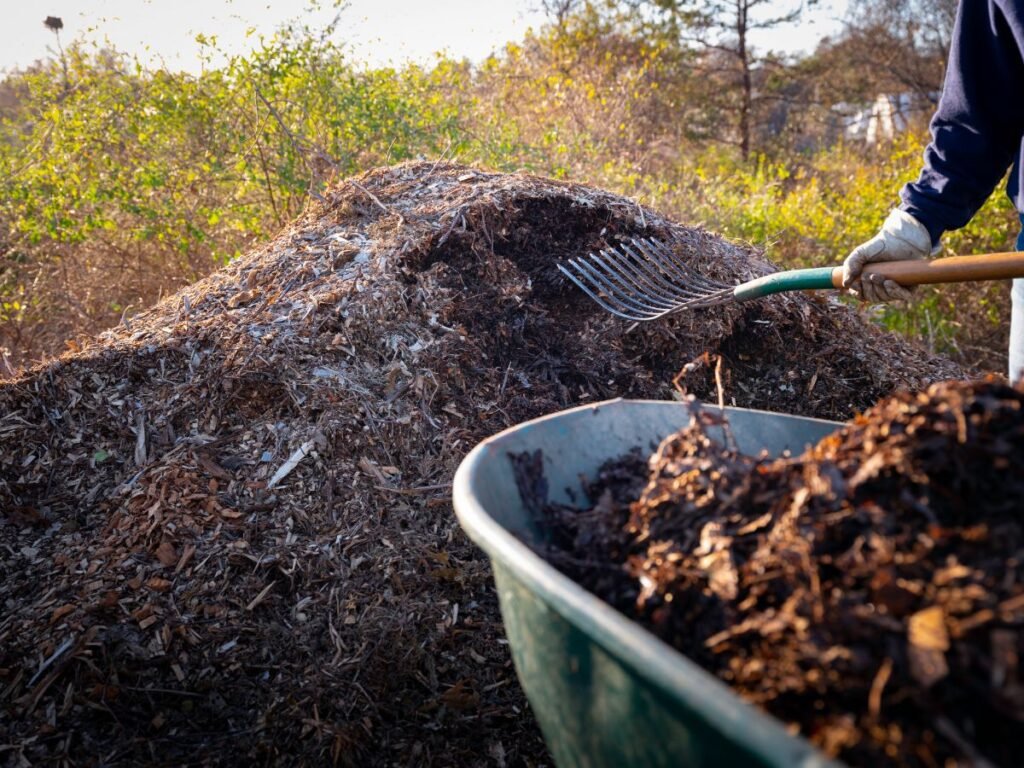
Successful composting depends on balancing “greens” (nitrogen-rich materials like food scraps, grass clippings, and manure) with “browns” (carbon-rich materials like dry leaves, sawdust, and shredded paper). Too many greens lead to a smelly, slimy pile, while too many browns result in slow decomposition and fewer available nutrients.
Fix it:
- Aim for a carbon-to-nitrogen ratio of about 30:1.
- A simple rule: For every 1 part green, add 2–3 parts brown.
- Mix materials thoroughly to ensure even breakdown.
4. Neglecting to Turn the Pile
Composting is an aerobic process, which means microbes need oxygen. If you never turn the pile, oxygen runs out, and decomposition slows or shifts into anaerobic decay. Anaerobic breakdown not only smells bad but also causes valuable nitrogen to escape as ammonia gas.
Fix it:
- Turn your pile every 1–2 weeks with a pitchfork or compost aerator.
- If you prefer low-maintenance composting, build a pile with layers of coarse material to keep natural airflow.
5. Adding Materials That Don’t Belong
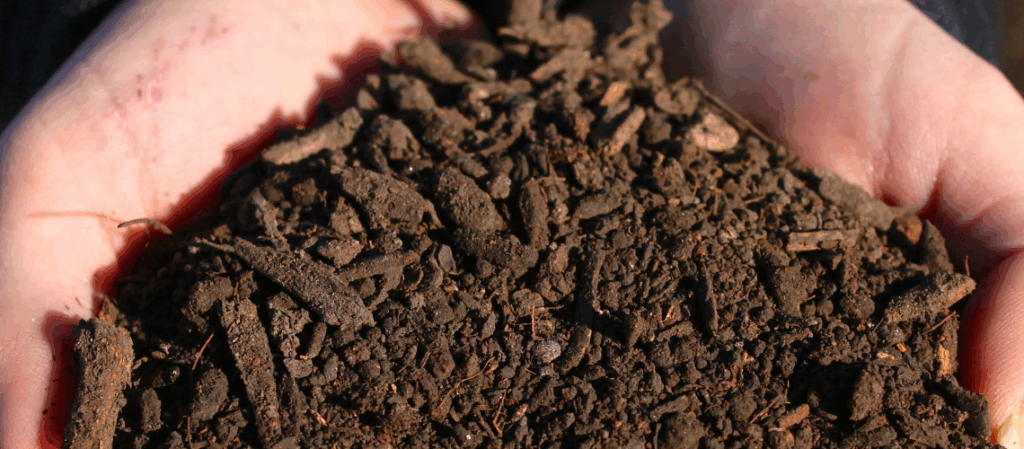
Some items disrupt microbial activity, attract pests, or even introduce toxins that harm soil life. For example:
- Meat, dairy, and oily foods attract rodents and slow decomposition.
- Pet waste carries pathogens.
- Treated wood, glossy paper, or synthetic fabrics can release harmful chemicals.
- Too much citrus or onion peels can acidify the pile and hurt microbes.
Fix it:
- Stick to safe compostables: fruit and vegetable scraps, coffee grounds, eggshells, grass clippings, yard trimmings, shredded paper, and manure from herbivores.
- When in doubt, leave it out.
6. Ignoring Particle Size
Large chunks of material take much longer to break down. If you toss whole branches, thick corn stalks, or big vegetable pieces into your compost, they can stall the process and trap nutrients inside material that never fully decomposes.
Fix it:
- Chop or shred materials before adding them to the pile.
- Break sticks into small pieces, and tear up cardboard or newspaper.
- Smaller pieces give microbes more surface area to work on, speeding decomposition and locking in nutrients.
7. Letting the Pile Sit Too Long Without Use
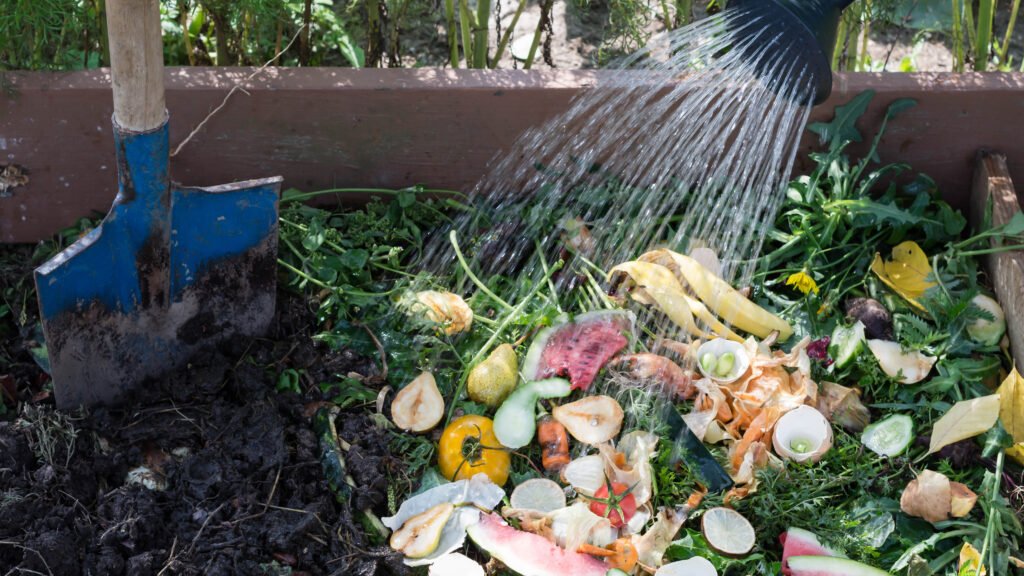
While compost improves the longer it matures, leaving it exposed for months after it’s finished can lead to nutrient leaching. Rain can wash away soluble nutrients like nitrogen and potassium, while sun exposure can burn off organic matter. Essentially, your hard-earned compost loses its value if it’s left neglected.
Fix it:
- Harvest finished compost once it’s dark, crumbly, and smells earthy.
- Store it in a covered bin, under a tarp, or inside breathable bags until you’re ready to use it.
- Apply it to your garden beds within a season or two for maximum benefit.
Bonus Tip: Temperature Matters
A good compost pile heats up to 135–160°F, killing weed seeds and pathogens while speeding decomposition. If your pile never heats up, nutrients may not fully cycle, and pathogens could remain. If it overheats, microbes may die off.
Fix it:
- Maintain the right balance of greens, browns, moisture, and air.
- Use a compost thermometer to monitor heat.
- If the pile is too cool, add more greens. If too hot, turn it and add more browns.
Protecting Nutrients in Compost
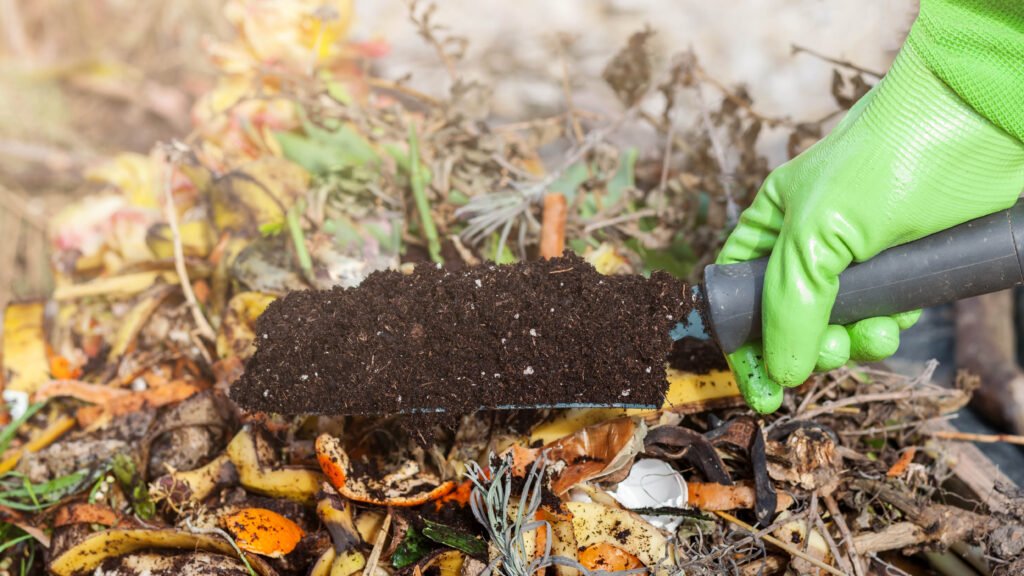
To keep nutrients locked in your compost until it reaches your garden:
- Cover piles during heavy rain to prevent leaching.
- Avoid overhandling; turning too frequently can release nitrogen.
- Use additives like rock dust, biochar, or seaweed meal to enrich compost with stable minerals that don’t wash away easily.
Final Thoughts
Composting is simple, but it’s also a living process. Think of your compost pile as a mini-ecosystem—it needs air, water, food, and the right balance to thrive. Avoiding these seven mistakes—drying out, overwatering, wrong ratios, neglecting aeration, adding the wrong materials, ignoring particle size, and letting compost sit too long—will keep your pile healthy and nutrient-rich.
By paying attention to these details, you’ll transform scraps into a powerful soil amendment that fuels healthy plants and thriving gardens. After all, compost isn’t just waste management—it’s the foundation of soil fertility.
Your compost can be either a nutrient drain or a nutrient treasure. The choice depends on how you manage it.
